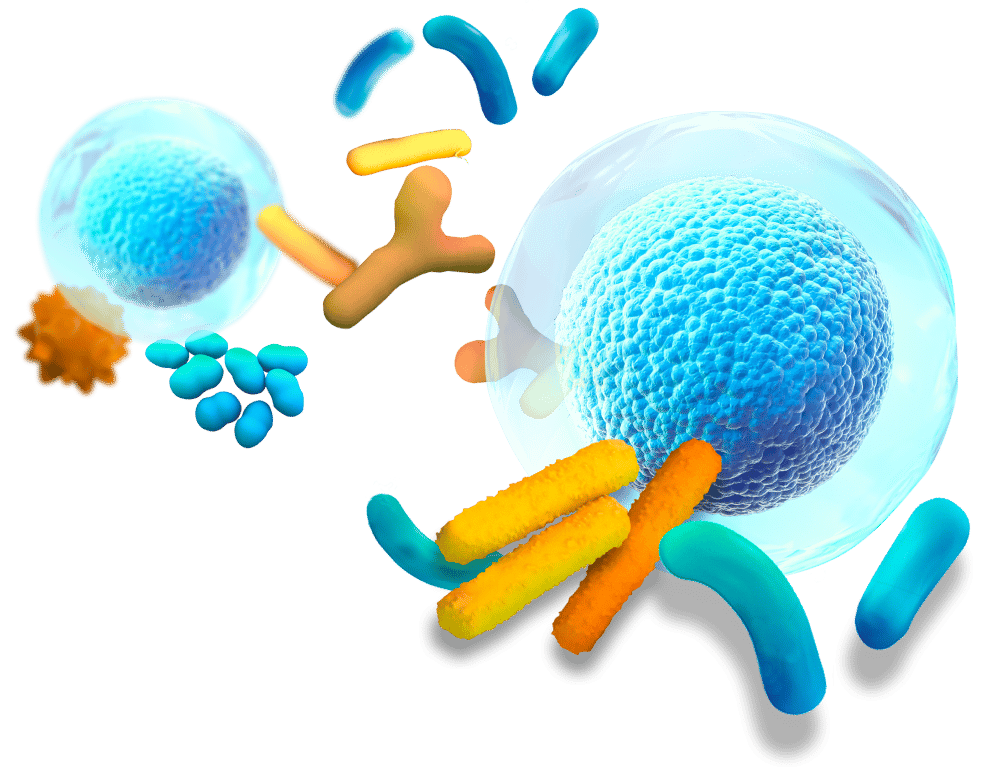BioFIT is the place where academia-industry collaborations get started.

aguillerm
Preserve the bioactive factors of breast milk
Human breast milk donated to human milk banks is the sole diet for preterm infants when maternal BM is not available. Pasteurization of donated breast milk is an essential step to inactivate pathogens to ensure microbial safety for preterm babies. The study of intestinal motility can be used to optimize pasteurization processes.
Enterosys participates in the closing meeting of the Thinkgut project
On April 26, the 4th Project Progress Meeting of the Thinkgut project was held
Enterosys welcomes its new CEO
a new CEO and a new vision
Enterosys participates in AFSSI Connexions in Lyon
The annual preclinical research meeting
Enterosys participates in the opening meeting of the LEARN project
LEARN project: Nutritional models of NASH, biomarkers and mechanisms
Enterosys CSO elected to the AFSSI Board of Directors.
Enterosys participates in strategic discussions on future challenges for preclinical CROs
Enterosys becomes a member of the Pharmabiotic Research Institute (PRI)
Our CRO is part of the biotech ecosystem developing microbiome-based medicinal products
Research
Categorie
Archives
Gut motility: the hidden role of the enteric nervous system
TAKE HOME MESSAGES : The ENS orchestrates gut motility through a complex balance of neural circuits and neurotransmitters. Disruptions in gut motility can trigger systemic metabolic imbalances, contributing to hyperglycemia and insulin resistance. ENS dysfunction is...
Enteric nervous system: the key to understanding gut-brain health
Did you know that the enteric nervous system, often referred to as our “second brain,” is composed of over 200 million neurons lining the digestive tract? It plays a critical role in maintaining digestive health and mediating the connection between the gut and the...
Gut microbiota: the key to understanding health and disease
Did you know that trillions of microorganisms are working behind the scenes in your body to keep you healthy? Often called our “hidden organ,” the gut microbiota is an extraordinary ecosystem that influences much more than just digestion. How does this invisible...
Intestinal barrier : key to digestion and nutrient absorption
Unlock the mystery of your digestive system! In this edition, we explore the vital roles of digestion and nutrient absorption, essential for maintaining health. Digestion is the process by which foods are broken down into smaller molecules, or nutrients, making them...
gut-health : the key to general health
Have you ever wondered how your body turns the food you eat into the energy you need? The secret lies within the fascinating world of gut physiology. Your digestive tract is not just a simple tube for digestion—it’s a complex system designed to absorb essential...






